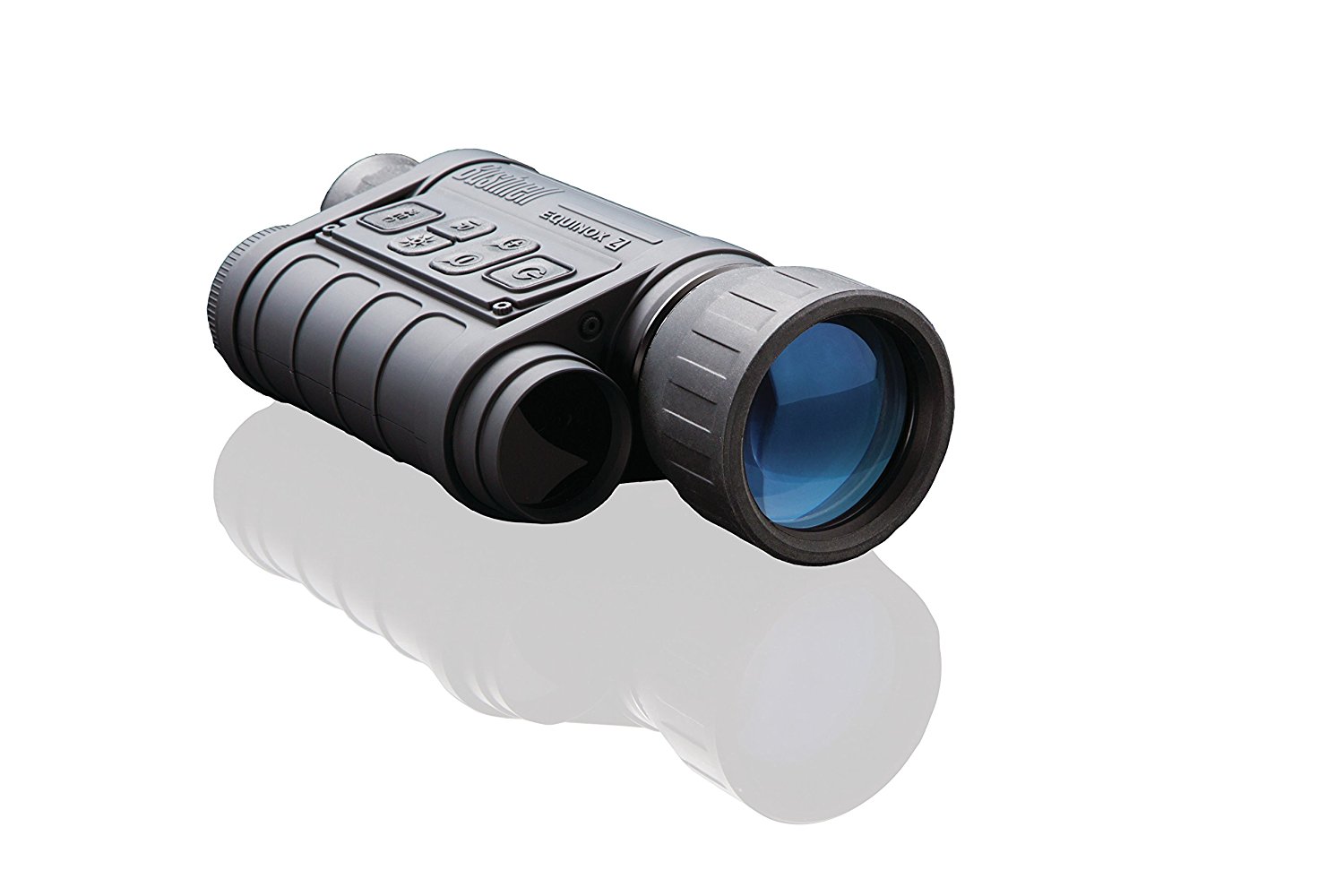For higher frequency violets, UV-A can be used for forensics and scorpion hunting, UV-B for geological purposes such as finding certain minerals that flouresce, and UV-C can be used for sterilization of microbes, either by the direct exposure or by exposure to ozone which UV-C creates from air.
Lower frequency blues can be used for blood tracking, but also by convention, it is used backstage by stage crew, reportedly because this frequency doesn't travel as far, but also because blue gel film is common in a theater and one of the less expensive gels, thus a decent choice for filtering a white light for backstage work.
Green is reported to not spook land-based wild life, so a good choice for observing what animals are there and what they are doing in the dark. Green is also the choice for checking the progress of plants during the dark cycles of plant growth, as green leaves absorb all color but green wavelengths, it will not disturb your plants.
Yellow, especially Selective Yellow, is best for navigating through fog. Also, as most insects are attracted to lower frequency blues and UV, yellow and any higher frequency colors are the best bug lights, to prevent flying insects from being attracted to your light source.
Amber is reportedly best for navigating through blinding particulate smoke.
Red is easy on dark adapted eyes, and though it is the intensity, not the color that matters, red can help you achieve dark adaptedness as well. Rods, cones, I forget already the biological explaination, but there are complelling reasons why red is chosen for saving dark adaptedness, which takes a long time in the dark to acquire and is gone relatively quickly when exposed to intense light. Red beams can't be seen from a lateral position, making them decent choices for the front of a dark theater, to not disturb other audience members when leaving or returning to your seat.
Infrared can be used to supplement night vision equipment.



